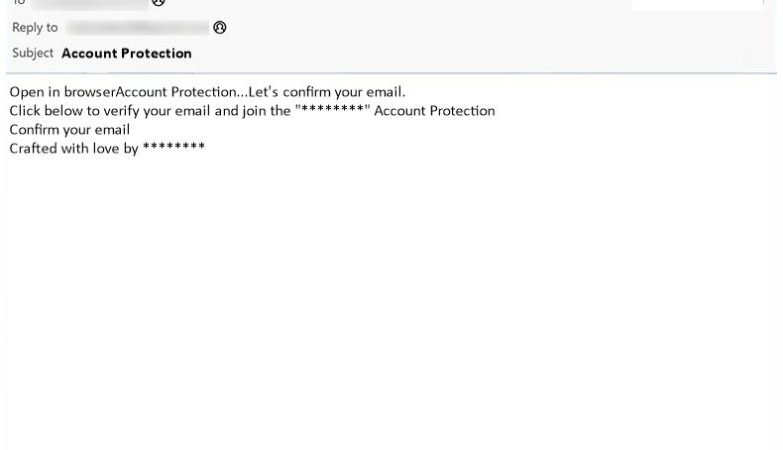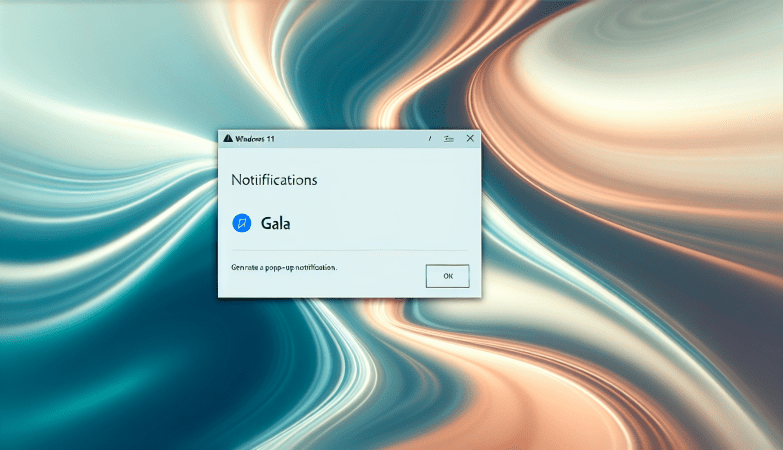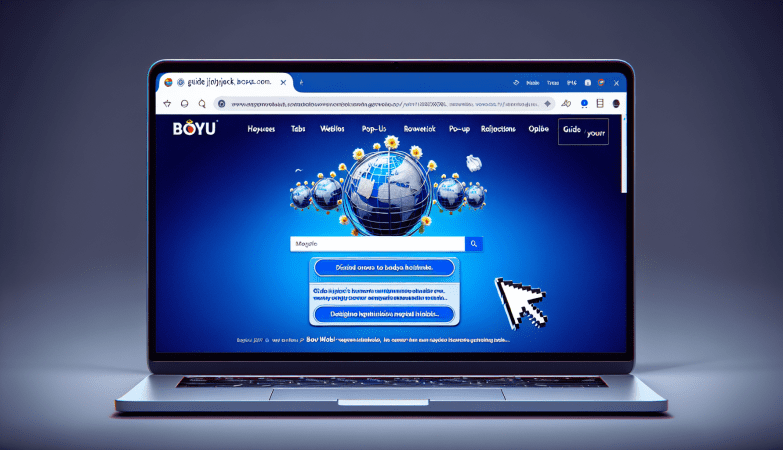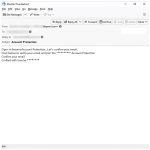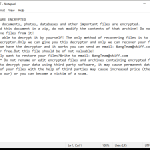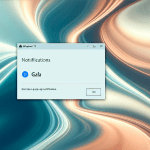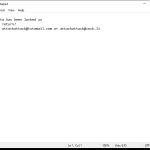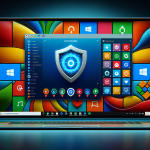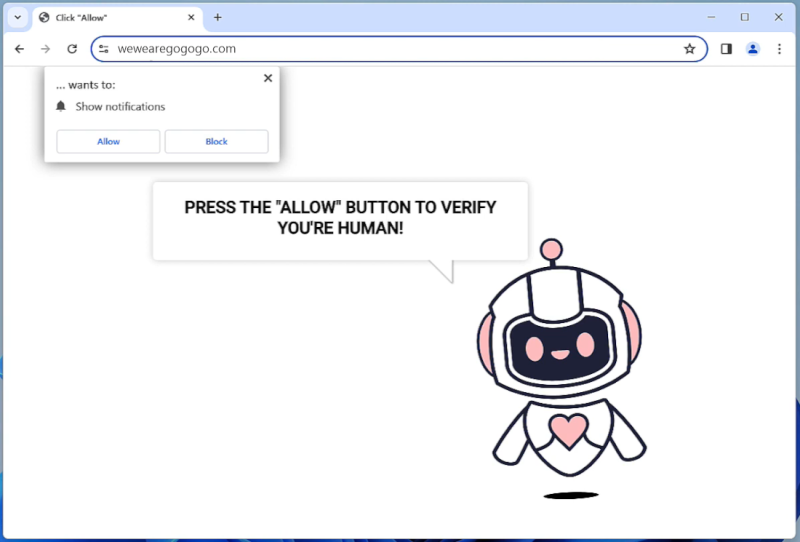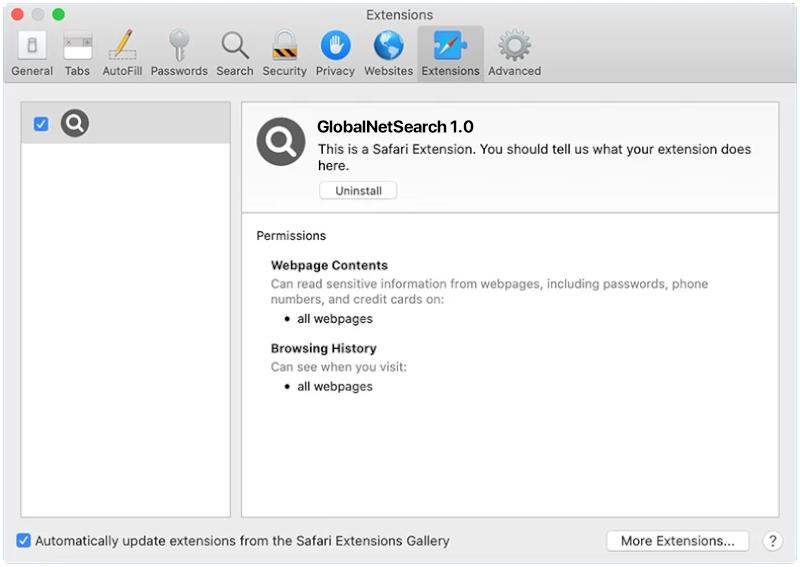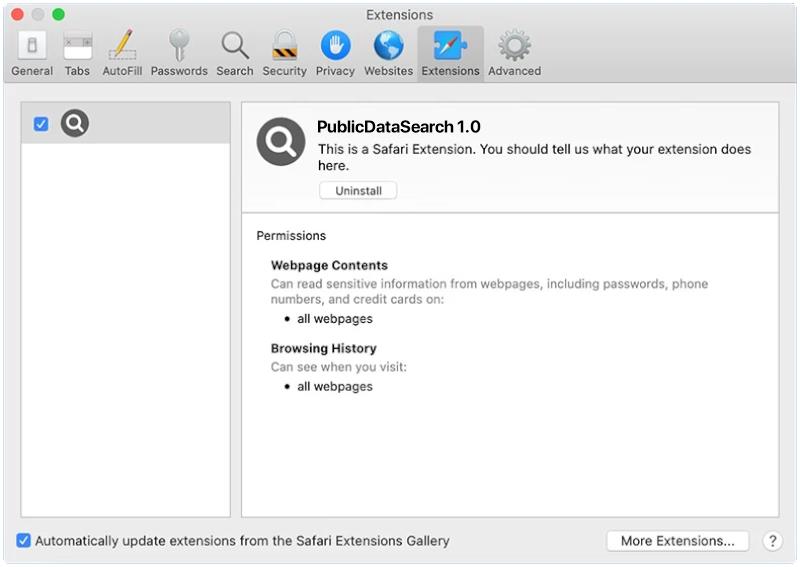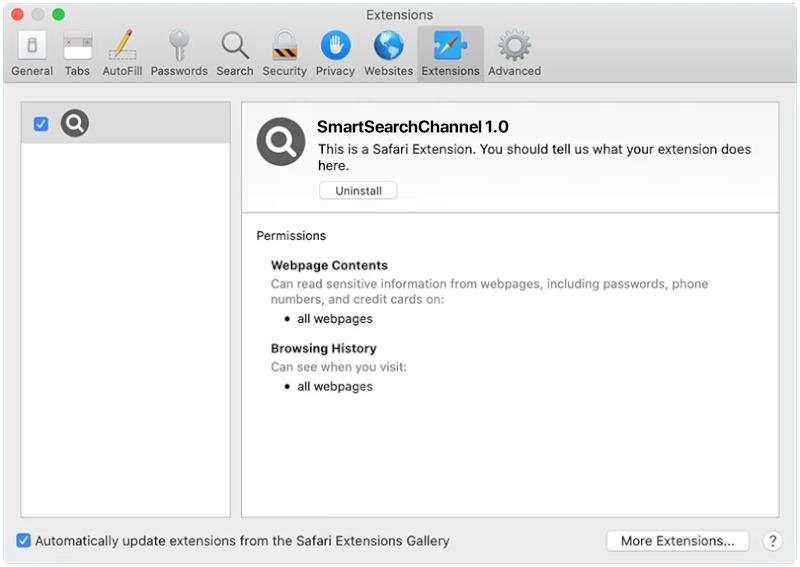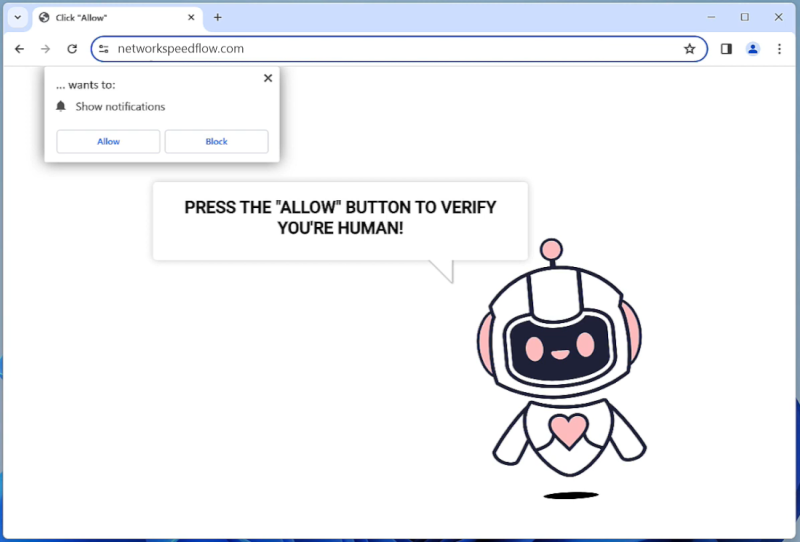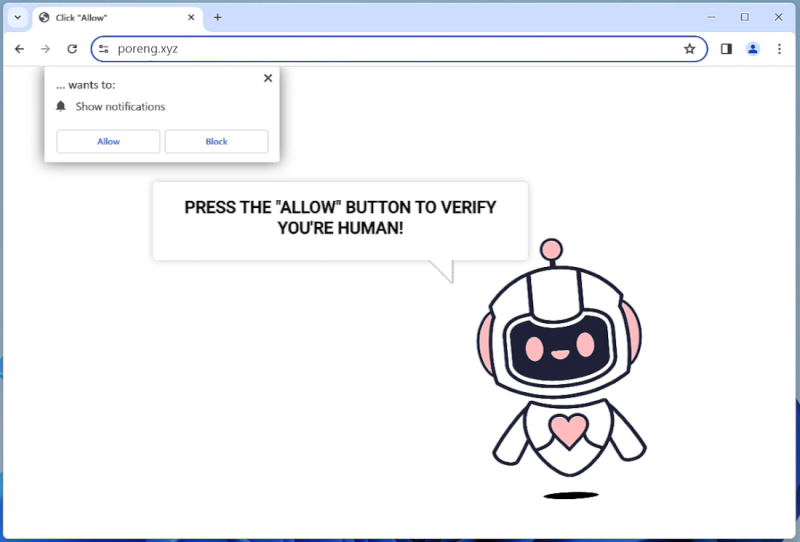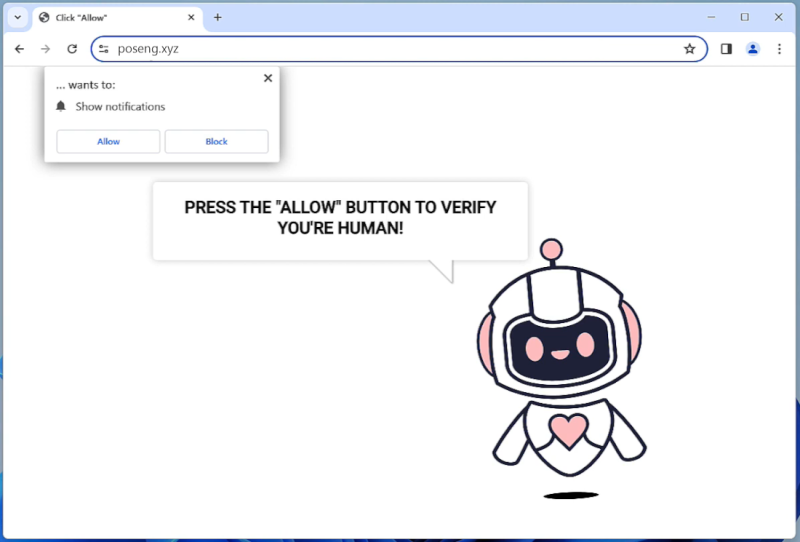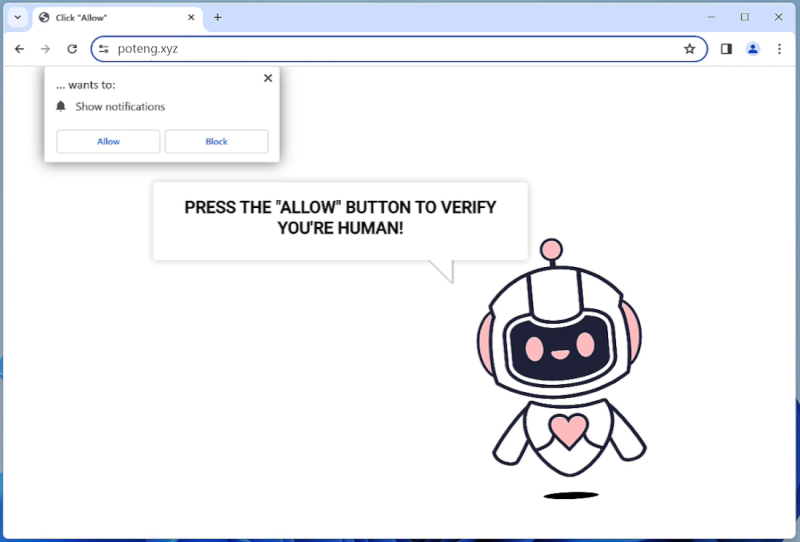How to remove Wewearegogogo.com
Wewearegogogo.com is a malicious website that infects computers by using various deceptive techniques such as fake software updates, free downloads, or misleading advertisements. Once a user visits the website, it prompts them to allow browser notifications. If the user agrees, they start receiving unwanted and intrusive notifications from Wewearegogogo.com, which can lead to further malware infections or privacy breaches.
This website exploits browser notifications by sending out malicious messages or advertisements even when the browser is not open. It can affect various web browsers such as Google Chrome, Mozilla Firefox, and Safari, as well as different devices including desktops, laptops, and mobile phones. Users are advised to be cautious while browsing the internet and to avoid clicking on suspicious links or allowing notifications from unknown websites to prevent infections from Wewearegogogo.com.

